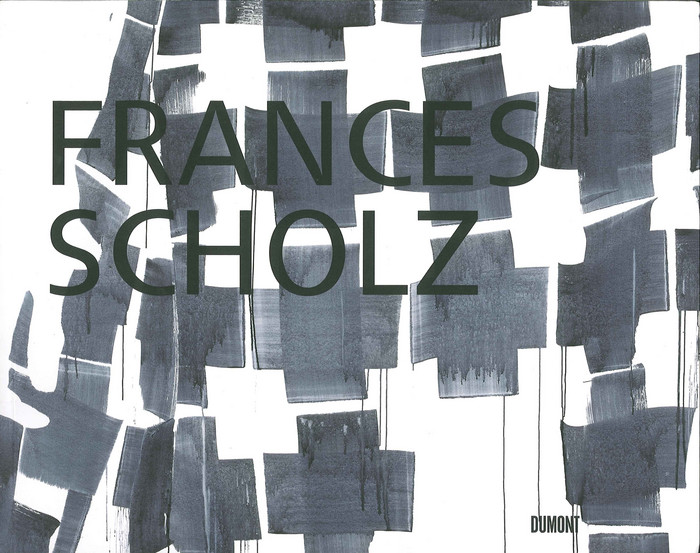SEEING THE INVISIBLE FOR FRANCES SCHOLZ (2007)

In 1971 Marguerite Duras met Francis Bacon in Paris. They spoke about painting and writing. It was a matter of the experience of accident shared by writing and painting. Bacon said, "I do not draw. I begin by placing a lot of spots (taches). I wait for what I call the 'accident', the patch from which the painting emanates. The patch is the accident. However, if you stick to the accident, if you believe that you understand the accident, you will once again make an illustration, because the patch always resembles something. You cannot understand the accident. If you could understand it, then you would also understand the way you act and proceed. But the way of acting or proceeding is unforeseen (l’imprévu); you will never be able to understand it". The definition which Bacon provides of the way a painter proceeds is the following: to paint means to integrate the accident (accident, hasard, chance) into the movement of painting, without subjecting oneself to it. To paint means to stand up to the accident (the catastrophe), to give it a chance by responding to it with a technique which neither allows it to triumph, nor restricts nor neutralizes it. Bacon calls the technique, imagination technique. It is his means for making the accidental chaos precise. The imagination technique unifies two contrary efforts. It resists and it affirms. It affirms the accident of chaos by resisting it. It gives form to formlessness.
There is no subject that does not touch formlessness, the abyss of its possibilities, the boundaries of consciousness, the limits of reason. The subject's self-experience is the experience of these limits and these chaotic depths, the experience of collapsing orientation, of memory caving in, an experience of blindness, frenzy and turbulence. The subject touching chaos goes through a blinding that is not ameliorated by anything. It traverses the night of its ontological blindness. Its eye, if this singular makes sense for a second, this transcendental organ of the singular experience of world and experience, is flooded and blinded by the excess of the visible, by the "blinding extent of what is to be seen". Seeing can do nothing else but become blind. It has been placed in an absolute darkness: blind seeing blinded by visibility — seeing of nothingness or of emptiness, seeing that lowers its eyelids in order to see, that closes its eyes in order to see more than it sees with 'eyes open'. It is this other seeing with closed eyes which Duras has repeatedly defended. "She sees," it is said of the woman in the film, The Truck, "as soon as she closes her eyes. What is unbearable about the world she sees even more strongly when she closes her eyes. [...] she closes her eyes. Behind her eyelids she sees something. [...] the end of the world." By denying herself visibilities, the ocular evidence, she opens herself to the space of the invisible, the sphere "where one is dumb and blind". "I try," says Duras, "to see as much as possible there". As much as possible in the space of blindness which is the space of absence itself, of absence and emptiness, which leaves the subject itself empty and absent, indeterminate, without properties, indifferent. There is no art which could close itself off to the experience of this indifference. There is no art which could not be catastrophic, because the subject can only be affirmed as a catastrophic subject, as a subject of desubjectivization, of the turn-around, the turning point, of contro-versy or the turn, as aggression turned against itself.
